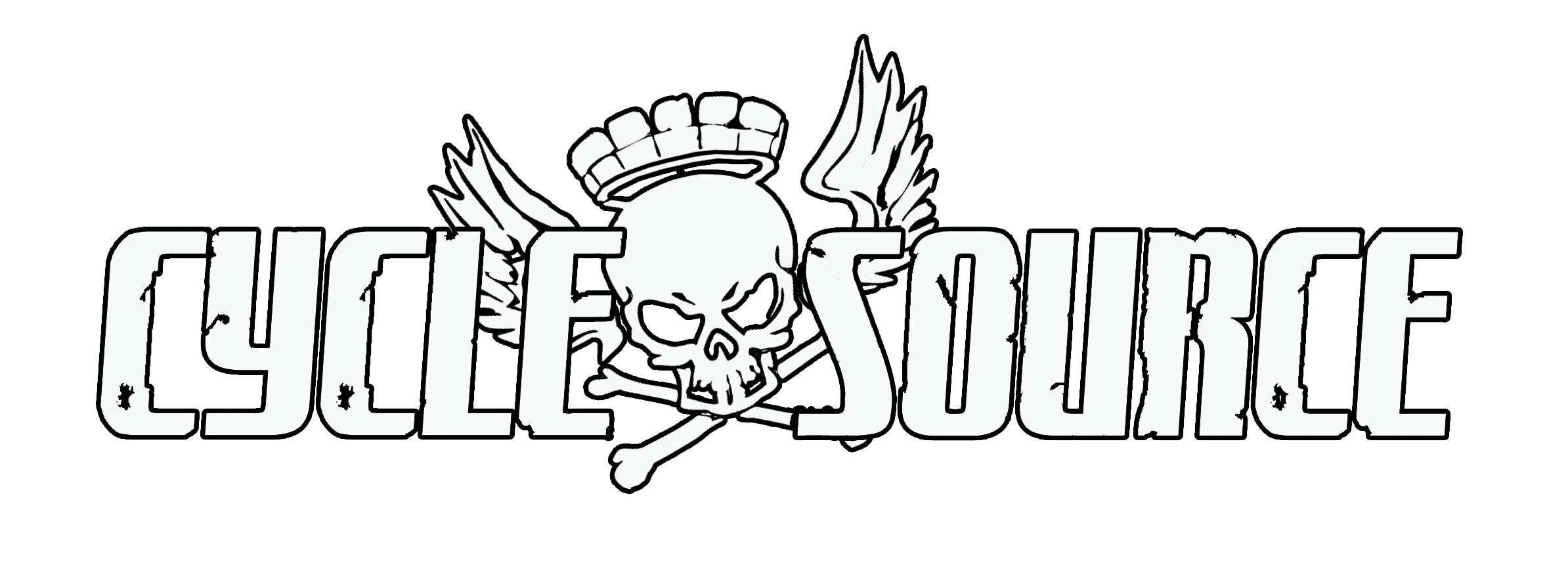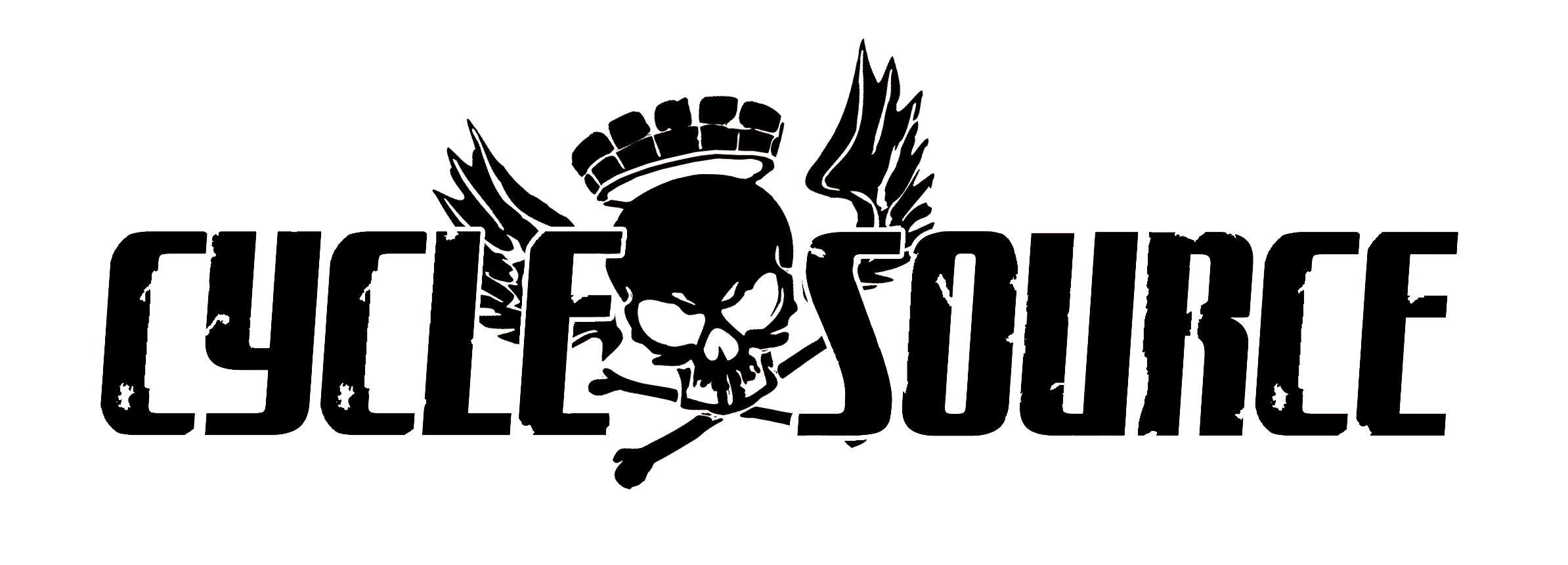To Read The Full Article, Go To www.cyclesource.com
Article By: Tyler Porter
Originally Published In The September 2018 Issue Of Cycle Source Magazine

The year is 1969. Harley- Davidson’s factory racing team is campaigning their long in the tooth, yet tried and true KR Flathead motors against Japanese and British twins who the AMA has now allowed to be 750cc, up from 500cc in previous years. On Any Sunday star, Mert Lawwill is doing everything he can to keep pace with the “new” overhead valve technology that the other brands are using, but the writing is on the wall. Enter 1970 and Harley – Davidson comes to the season opener with an all-new model, the XR750. Guess what, it was pretty much a dud. Built from leftover parts by a rag-tag group of mechanics under the watchful eye of legendary team manager Dick O’Brien, it was a cast iron Sportster motor sleeved down to 750cc. Nicknamed the “waffle iron” because of it’s overheating problems, the factory fought each problem tooth Article By: Tyler Porter and nail until 1972 when a purposebuilt alloy motor was introduced, and the legend truly began. To be legal, Harley had to build 200 units a year, and they became available right on the showroom floor. The cost? $3,200…or just north of $20,000 in today’s money. An incredibly wise former employer of mine once told me about the V-Twin world, “Everything here happens in a 20-30 year cycle. I’ve been around for two complete ones, and I’m starting to see the third.” Perhaps this is what we’re seeing with Harley-Davidson right now. Growing pains. What did Harley do wrong? What did Harley do right? What steps are they making to fix their recent missteps in the now booming AFT series? Put your readers on kids; we’re bumping the cushion and going to the front on this topic.

A perfect storm. What comes to mind? If you’re a racer or mechanic in the AFT pits, it probably looks maroon, white and black. Rolls on a couple of 19” dirt track wheels and has something that starts with the letter “I” on the airbox cover (that’s not really a fuel tank). For everything that the XR750 did right, it did not, and could not, stop time. Winning races even as recently as 2017, the writing began on the wall in 2006 when Bill Werner, a student under Bill O’Brien, began to develop the Kawasaki EX650 motor. First in a modified stock chassis, and then in full race trim. Fast forward a couple of years, and current Indian Factory team manager Ricky Howerton developed a “street tracker” out of his Indianapolis Indy Car shop that changed the way all of us looked at flat track race bikes. He then put one of the best miler’s in the business in the saddle, basically making it a “going out of business” sale in Milwaukee. New chassis were developed for the green machine. Brandon Robinson reeled off back to back Springfield Mile wins on a team funded by a farmer who grew up racing with his crew chief. Everyone in the pits gobbled up every wrecked EX650 in the states. We had an affordable racewinning platform. It could outrun XR’s everywhere except slick clay half miles, and crank bearings didn’t set you back a few thousand dollars. The Kawasaki didn’t need new valve springs after each race, and you didn’t have to worry about smoking the fragile, dry clutch. Throw Willie G the keys to the hearse; it was looking like a dark day for all of us who adored the beauty and brutality of the XR750.

As far back as 2008 according to my sources, Harley Factory Riders were testing a liquid cooled, 4-valve flat track racer. The MoCo announced that they would be ending racing the XR750’s full time after the 2015 season. They hired rookie sensation Davis Fisher to ride the bike the first season, while Brad Baker would remain on the XR750 and even win the season’s final race at Pomona. Davis had a dismal season. Reliability problems plagued the team. The “Factory” team moved from being based out of Milwaukee with Harley – Davidson employees to being under the successful Vance and Hines crew in Indianapolis. Vance and Hines’ experience in flat track can be argued, but one thing is certain, they do know horsepower. However, flat track is a funny game. The tires can only take so much power, and on top of that, it has to be the right kind of power.
So, what did Harley do wrong? In my opinion, very little. They phased out an aging bike. They brought in a new, street bike based, powerplant. They hired the best riders that were available, current legends in the sport. They hired great techs, and I genuinely believe they have given the Vance and Hines team the tools they need to improve the bike. This season the powerplant is all new. You can tell in ANY close up of the bike. The first generation bike has the same motor as an XG750 Street that you can buy off the showroom floor, save for some intake parts. The new bike? See ya cylinder cooling fins! It looks like a motocross four-stroke top end on a traditional twin bottom end. Results have improved, though issues remain. In this dog-eat-dog world of AFT racing, it’s a tough row to hoe.

This largest looming issue was that I do not believe anyone, myself included, expected the Indian to be so incredibly potent in its first outing. Sure, they had a multi-time champion, Jared Mees, developing the bike for a full season before it hit the track and 2000 National Champion Joe Kopp debuted the bike to impressive results, but nearly sweeping the season in 2017? That’s pretty unbelievable. When part-time racer Johnny Lewis showed up on a “bone stock” FTR750 and put it on the podium, that is when people started reaching for their pocketbooks. Everyone knew the factory Indian’s would be good, but a privateer bike rolled right off the showroom floor and hits the box? People quickly forgot that Johnny is literally one of the most talented people that I’ve ever seen ride a motorcycle and pointed straight to the bike. Now, everybody has to have one. They are filling the top 10’s week in and week out. Racer’s “must” have them. What does Harley do now? Indian is pushing the FTR1200 repli-racer to showrooms in 2019. What is the MoCo’s answer? Hard work. No one wants to talk about the situation with me on the record. Understandable. Everybody has a job to do. Racers are frustrated. You know the team has to be frustrated. Racers have come and gone, as have team personnel. But the work must go on. Harley will rise from these very few rough seasons. Current team riders Sammy Halbert, Brandon Robinson and Jared Vanderkooi, will succeed. It won’t be overnight, but it’s coming. Flat track is in the largest spotlight it’s had since the Indy Mile made a comeback in 2008. Harley won’t give up. They didn’t in 1970, and they won’t in 2018. I just hope I’m there to see them on top of the box because who doesn’t love a great comeback story?























